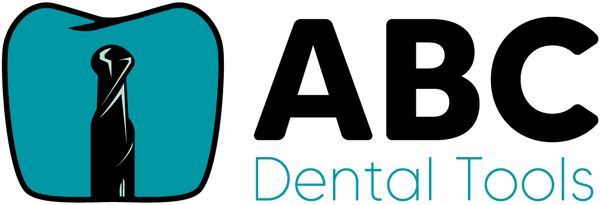The Benefits of Milling In-House
Share
The Benefits of Milling and Grinding Restorations In-House for Dentists
In recent years, advancements in dental technology have transformed how dental practices operate. One of the most impactful developments is the ability for dentists to mill and grind dental restorations in-house, eliminating the need to send work to an external dental laboratory. This shift can provide substantial benefits in terms of time, cost, patient satisfaction, and control over the treatment process. Below, we’ll explore the key advantages of in-house milling and grinding restorations.
- Faster Turnaround Time
One of the biggest advantages of in-house milling and grinding is the speed at which restorations can be fabricated. When relying on an external lab, restorations like crowns, bridges, and veneers can take several days or even weeks to be completed. By milling restorations in-house, this process can be reduced to just hours, allowing for same-day restorations. This not only improves the patient experience but also helps optimize your appointment schedule by reducing follow-up visits.
- Cost Savings in the Long Run
While the initial investment in an in-house milling machine may seem substantial, it pays off over time. Dental labs often charge significant fees for their work, and these costs add up quickly. By milling restorations in-house, you reduce lab costs and regain control over pricing. Additionally, avoiding outsourcing lowers shipping and logistics costs, making it an economically sound decision in the long term.
- Enhanced Patient Experience and Satisfaction
Patients value convenience, and providing same-day restorations boosts patient satisfaction significantly. The traditional method of sending work to a lab often requires patients to wear temporary restorations and return for a second visit. In-house milling allows dentists to complete the restoration in one appointment, sparing patients the discomfort of temporaries and the inconvenience of multiple trips to the office.
This enhanced convenience can lead to higher patient retention and positive word-of-mouth referrals, contributing to the growth of your practice.
- Improved Control Over Quality
When you mill and grind restorations in-house, you gain complete control over the entire process—from start to finish. This means greater precision in matching shades, adjusting fits, and ensuring the final product meets your standards. While dental labs typically produce high-quality restorations, they may not always meet the exact specifications you desire. By keeping the work in-house, you can fine-tune every detail, resulting in more accurate and aesthetically pleasing restorations.
- Increased Efficiency and Productivity
Having the tools to fabricate restorations on-site enhances your practice’s overall efficiency. In-house milling minimizes downtime between appointments, as you no longer need to wait for lab returns. This allows for better workflow management and increases the number of patients you can treat in a given time frame. Additionally, if a restoration requires adjustments, you can make them immediately, rather than sending it back to the lab and waiting for another return.
- Custom Solutions for Complex Cases
For more complex restorations, such as multi-unit bridges or implant-supported restorations, in-house milling provides a greater level of customization. You have the flexibility to adjust designs quickly based on patient needs, allowing for more personalized and tailored solutions. Moreover, certain materials, such as zirconia and lithium disilicate, can be milled in-house, offering high-quality and durable restorations that match the patient’s individual requirements.
- Streamlined Digital Workflow
In-house milling integrates seamlessly with digital impressions and CAD/CAM (Computer-Aided Design and Manufacturing) systems, creating a fully digital workflow. With digital scanners and software, you can design restorations with precision and send them directly to the milling machine without the need for physical molds or impressions. This eliminates the mess and discomfort of traditional impression materials for patients, while also improving accuracy and reducing potential errors.
- Better Practice Differentiation
By offering same-day restorations and leveraging cutting-edge technology, your practice stands out from competitors who still rely on traditional methods. This differentiation is crucial in a crowded marketplace, where patients seek convenience, speed, and innovation. Marketing your practice as a high-tech office that provides fast, high-quality restorations can attract more patients who value modern solutions.
Conclusion
Investing in in-house milling and grinding technology offers a range of advantages for dental practices, from increased efficiency and reduced costs to enhanced patient satisfaction and better control over quality. While the initial investment may seem steep, the long-term benefits far outweigh the costs. By embracing this technology, you’ll not only improve the quality of care you provide but also elevate your practice to a new level of productivity and success.
As more practices adopt in-house restoration capabilities, it’s clear that this trend represents the future of dentistry. Consider incorporating milling and grinding into your practice to stay ahead of the curve and offer your patients the best possible care.
